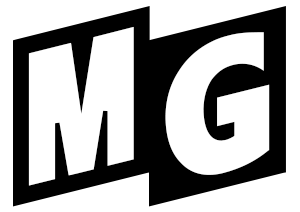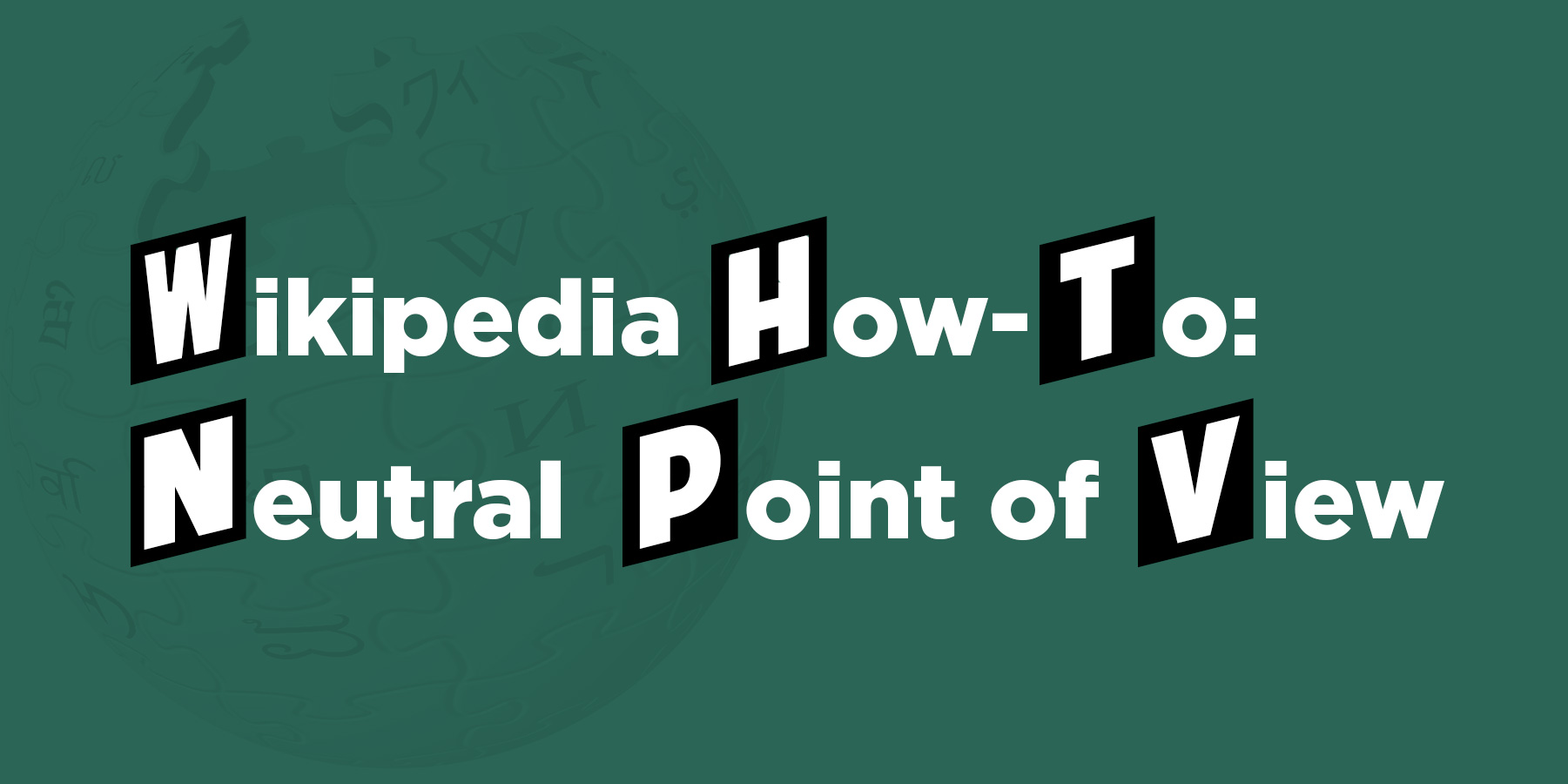Wikipedia is the “encyclopedia anyone can edit.” And yet, somehow, just about everyone with access to an internet connection considers Wikipedia a trustworthy source of circumspect information. How is that possible?
There are lots of answers to that question, including “exhausted college students,” “rigorous sourcing guidelines,” and “Who has the space for physical encyclopedias?” But today, we’re going to talk about NPOV: neutral point of view.
Neutrality is a vital part of writing for Wikipedia. But when you’re working as a brand representative on Wikipedia, you have to fight your instincts. While your CMO is undoubtedly fascinating and your new product is absolutely revolutionary, you’re going to have a tough time finding sources to back up that kind of writing. More than that, letting bias creep into your writing makes it harder for Wikipedia’s volunteer editors to approve your requests, even and especially when you’re being transparent about your conflict of interest.
Here are some of the most common NPOV writing mistakes on Wikipedia. If your requests don’t set off any of these alarms, you’re well on your way to improving your brand article and making Wikipedia a better place.
Sources for everything
All proposed text, and every piece of information therein, should be backed up by reliable, independent sources, cited inline.
Due vs. undue weight
Does the text you’re proposing gloss over some information in the sources while covering other information in excessive detail?
For example: Brand A just got press coverage in a major publication. The piece spends a paragraph describing all the great features of Brand A’s new product. But the piece also devotes several paragraphs to criticism of how the product is manufactured.
As a representative of Brand A, you might want to request that the new product get a mention in Brand A’s article, citing this press coverage. But if you want to add more detail about the new product’s features, you’re going to need to cite more than an overview paragraph in one article. That one paragraph doesn’t prove that each detail about the product is notable enough to be mentioned in Brand A’s article. In Wikipedia terms, this is called placing “undue weight” on one part of one source.
On the other hand, that same piece with the paragraph about product features also has several paragraphs on Brand A’s labor practices. It may even be the case that several other publications have commented on Brand A’s labor practices. Leaving this criticism out of the article is failing to give it “due weight.”
In short: be honest with yourself about which aspects of your company’s story have received the most coverage in independent media. Shoot to have a Wikipedia article that reflects the full breadth of what independent media have deemed important for people to know about your brand.
Watch out for “recentism”
This is another form of “undue weight”: covering recent news about a brand in detail without providing any historical context. When fleshing out your brand’s story, make sure you’re providing an overview of the company’s full history, not just a recap of recent news. (Related: Wikipedia is not a newspaper.)
Brand name, brand name, brand name
When writing longer chunks of text, try not to repeat the brand name over and over. Mix it up with “the company” or “the firm.” This also makes for a less repetitive, more fluid reading experience.
Ban buzzwords
Don’t say “solutions” unless you’re talking about a substance into which another substance has dissolved. Your company sells products, services, or even, in a stretch, offerings. If you can be even more specific with the words you swap in for “solutions,” even better.
Here’s a list of other “peacock” words to avoid, like “acclaimed” and “innovative.” Words like those are the first giveaway that your writing has a biased agenda.
Not every award is notable
Generally speaking, if an award doesn’t have its own Wikipedia article, it isn’t notable enough to be mentioned in other Wikipedia articles. I am so excited that your CEO was ranked #67 on HotMediaWire’s 55 Execs Over 55 List, but until “HotMediaWire 55 Over 55” is its own Wikipedia article, it almost certainly shouldn’t be mentioned in your CEO’s article.
No ™, no ®, no shenanigans
This is tangential, but it comes up often: Don’t stylize the brand name. Follow standard capitalization practices, even if your normal brand style is all-caps or all-lowercase. (Acronyms are an exception.) Skip trademark symbols and registration marks. Wikipedia’s Manual of Style has the full details.
Extra links and resources
- Wikipedia’s full guide to neutral point of view
- The full Manual of Style list of “words to watch,” including misleading “weasel words” to avoid
- The neutral point of view noticeboard, where editors can discuss concerns about specific articles
- Wikipedia’s FAQ about neutral point of view

